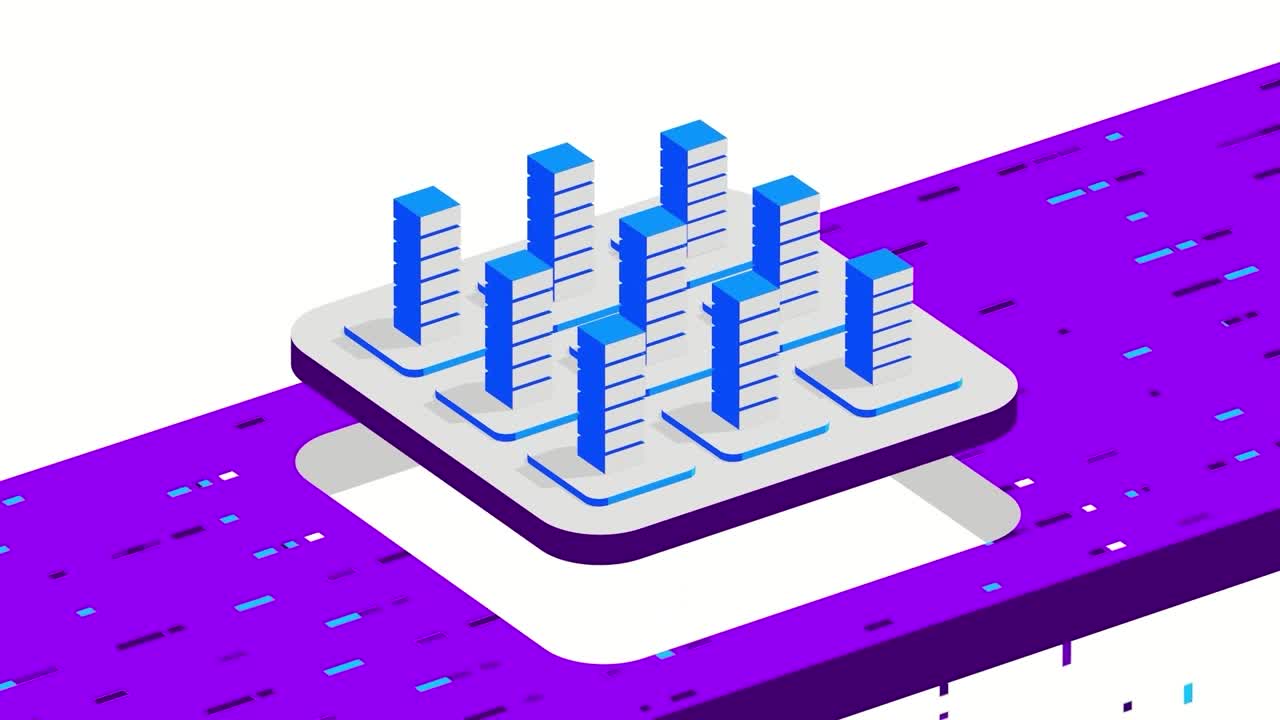Perspective
Cloud computing represents a transformative IT paradigm. It offers seamless access to servers, networks, storage, development tools and applications via the internet. Instead of hefty investments in equipment, training and infrastructure maintenance, cloud service providers assume these responsibilities.
Cloud migration, a strategic endeavor, enables organizations to leverage the cloud's potential. It involves the seamless transition of digital assets, applications and data to cloud environments to unlock scalability, flexibility and cost-efficiency. This shift empowers organizations to align technology infrastructure with evolving business needs, fostering innovation and value delivery.

Why is cloud computing important?
In today's ever-evolving business world, unlocking the true power of cloud technology is not merely an option but an essential strategy. The cloud isn't just a tool; it's a dynamic force for change. Success is shaped within the Cloud Continuum—a spectrum of capabilities and services spanning from public cloud to edge and everything in between, seamlessly connected by cloud-first networks and supported by advanced practices.
At the heart of this transformation lie data and AI. Migrating data is just the first step. Cloud supports the larger opportunity of creating a trusted data platform across disparate parts of the business. A modern data platform is a prerequisite to advancing AI and ML opportunities, including generative AI. Cloud is the enabler; data is the driver and AI is the differentiator.
In the pursuit of cloud excellence, adhere to the foundational practices that maximize cloud value. Embrace cloud as a transformative force to propel innovation and competitiveness.
How does cloud computing work?
Cloud computing orchestrates technology and infrastructure, offering unmatched flexibility and efficiency.
Cloud computing leverages remote servers in vast data centers, segmenting physical servers into scalable virtual machines (VMs) for independent app and OS functionality. Resource pooling aggregates computing resources for on-demand allocation, enhancing utilization and rapid scaling. Service models (IaaS, PaaS, SaaS) cater to diverse needs; delivery models (public, private, hybrid) offer flexibility. Secure, scalable data storage fosters global accessibility and collaboration. Robust networking ensures low latency and secure connections, and security measures include encryption, access controls, and threat detection. Scalability permits resource adjustments for cost efficiency via a pay-as-you-go model. Global data centers provide low-latency access, propelling businesses into the digital era.
What are the types of cloud computing?
-
Public Cloud
Third-party services over the internet.
-
Private Cloud
Dedicated, secure, single-organization use.
-
Hybrid Cloud
Blend of public and private clouds.
-
Multi-Cloud
Use of multiple cloud providers.
-
Community Cloud
Shared among similar-interest organizations.
-
Edge Computing
Low-latency, real-time data processing and storage at the edge of the network.
-
Serverless Computing
Code execution without server management
-
Containerization
Portable application deployment.
-
Fog Computing
Filters important edge-generated data and saves it to the cloud.

